Tony Steele has been recording moths in his Barnehurst garden, a little way south of the railway station, since 1996, during which time he says he has had 683 of the 2,500 species recorded in Britain and a total of around 109,780 individual moths. I received an unexpected phone call from him yesterday evening, to tell me he had something he was sure I’d be interested in seeing. Intrigued, and having not yet met Tony in the flesh or corresponded with him lately, I was keen to go and have a look. It turned out to be the 175 Jersey Tiger moths (Euplagia quadripunctaria) he had trapped on the night of 2nd August, temporarily retained in a mesh ‘pet cage’. This isn’t quite a record for his garden, which to date sits at 180 on 13th August last year.
Tony kindly supplied me with some data, summarised below, which illustrates very well the recent and rapid colonisation of our area by the species which, as far as the spread in London is concerned, appears to have started in the Lambeth or Lewisham area. We are only part way through the 2018 flight season, but Tony’s average Jersey Tiger catch per night is up on 2017, so could yet reach a new year high. The data distinguishes the number of forma lutescens, which has a yellow or orange under-wing instead of the usual red.
The relatively catholic diet of the larval stage, plus a warming climate, probably favour the advance and population increase of this colourful insect, which is often seen during the day as well, so is becoming familiar even to people with little or no other knowledge of moths.
Tony’s garden is in many respects an ‘average’ suburban garden of reasonable size, though it has been augmented with the introduction of plant species intended to attract particular moths to breed, and this has often delivered the desired results. Indeed Tony did win a Council award for this when it was still running the ‘Environmental Challenge’ to recognise volunteer groups and residents that did good work for nature in the Borough.
The Jersey Tiger moths were to be released after my visit, but not until it was clear that the visiting Pipistrelle Bat, which has perhaps learned that Tony’s garden is a good feeding spot, had disappeared.
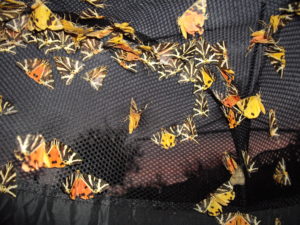
Some of the near-record haul of 175 Jersey Tiger moths trapped by Tony Steele in his Barnehurst garden on 2nd August 2018.
Chris Rose
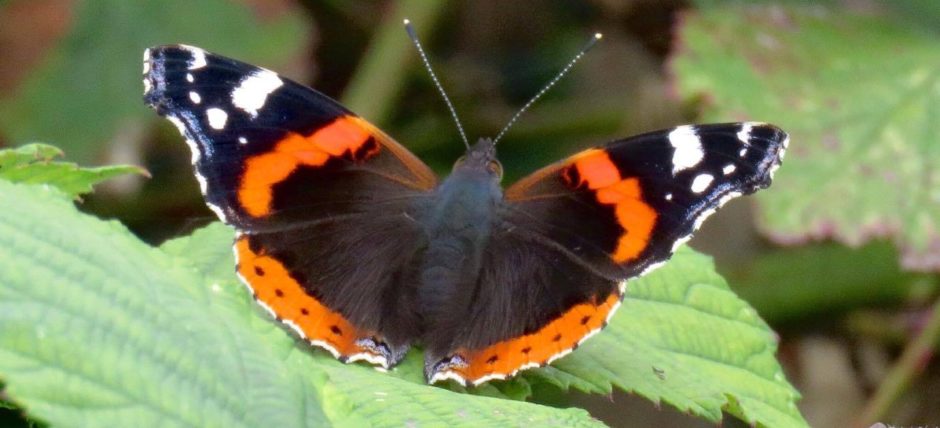
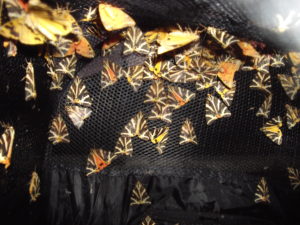
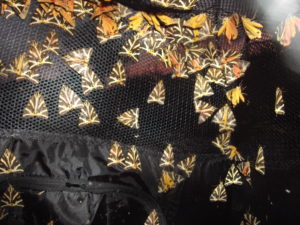
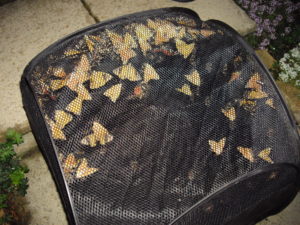
My daughter rescued one from her children’s paddling pool the other day, she lives near the pompomp, just off church road.
Interesting; this would explain the rise in the number of these moths that I have seen in my garden in Northumberland Heath. Thanks
Im planning to come to London to collect some for a breeding programme for myself and a friend as the species has only just been found in Northamptonshire this year. Ive never seen the yellow form but i did see two of the normal form last year by the Regents Canal near Regents Park.
I have seen the species over the years in South Devon in September when been recording wild stick insect populations for the national recorder for stick insects Malcolm Lee.
They originally was first discovered at Devonshire Road Nature Reserve in Forest Hill in 2004 and see them regularly at Garthorne Road Nature Reserve opposite Devonshire Road during the summer are now quite common I have seen them as far a central Croydon and North Hackney